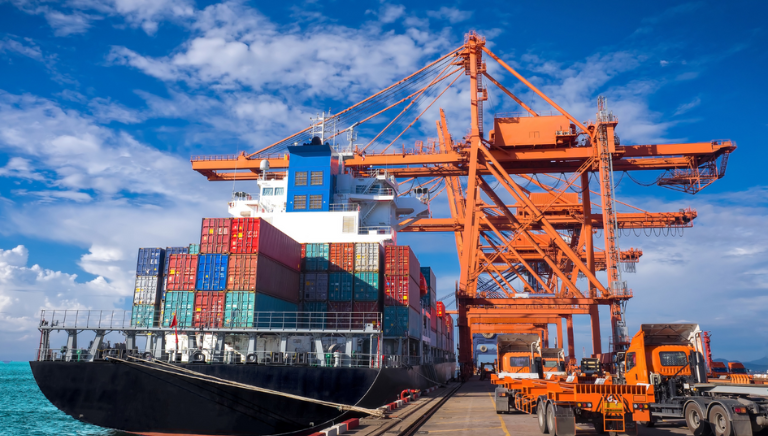The race to sustainability does not only start with the processes inside of a company but – surprise – already with procurement. While you might think, that knowing the environmental impact of your suppliers is enough, there is way more to sustainable procurement than the obvious sustainability factors. After giving you a short intro to the meaning of sustainable procurement and some surrounding terms, the Makersite experts have collected five good reasons why sustainable procurement is a good investment.
What does sustainable procurement mean?
Sustainable procurement takes social, economic, and environmental factors into account when deciding on procurement processes. Next to compliance with environmental laws, sustainable procurement can also mean removing hazardous materials, reducing waste in the supply chain, cooperating with suppliers that chose fair labor practices, and more.
The difference between CSR and ESG
Corporate Social Responsibility (CSR) describes the social responsibility for the sustainable development of a company on a voluntary basis and beyond legal requirements. Environmental Social Governance (ESG) is an approach to assessing the extent to which a company works for social goals that cannot be measured by financial indicators. While both CSR and ESG are concerned with a company’s impact on society and the environment, the main difference is that CSR is a business model and ESG is a criterion for investors to assess.
Sustainable Procurement incorporates ESG-principles into procurement and therefore ensures alignment with CSR strategies.
Legal requirements for sustainable procurement
One example of procurement regulations is the German supply chain act. From 2023 (for smaller companies from 2024), Germany-based companies will be obliged to review the UN-guiding principles for business and human rights along their supply chain. And Germany is not an individual case: Similar laws already exist in various EU countries with the next step being a law binding for all member states.
5 benefits of sustainable procurement
Sustainable procurement – once installed – has a lot of advantages. What are the main benefits of sustainable procurement?
- Improved reputation
- Risk management
- Cost reduction
- Revenue growth
- Future-proofing
Improving the companies’ reputation
If you think about it, it’s quite obvious that a sustainable procurement strategy will have a positive impact on your company’s reputation – especially when taking fair labor rights into account. Net Zero and fair pay sounds better than your brand being associated with child labor and pollution, doesn’t it? Numbers prove that concept: Sustainable procurement practices lead to a 15-30 % increase in brand value. (Source: World Economic Forum: Beyond Sustainable Procurement)
Effective risk management
Negative associations with your brand can not only hurt your reputation but also have the potential to hurt your company’s revenue. Next to the possible loss of (potential) customers to a negative image, non-compliance with environmental regulations can result in additional costs. Investing in sustainable procurement can save you from this and help you minimize risks around the topics of brand image and sustainability.
Reducing costs
Next to sparing you additional costs, sustainable procurement also can help to actively reduce costs. Data by McKinsey proves that strong ESG credentials can drive down costs by 5-10 %. Examples of measures are operational efficiency, waste reduction, reduced energy costs, fewer overspecifications, lower consumption, and lower social and environmental compliance costs.
Growing revenue
Next to sparing you additional costs and next to saving you money – you can also earn more by introducing sustainable procurement. Again, McKinsey proved that the top ESG-performers grow 10 – 20 % faster than competitors in their sectors. This includes additional revenue from new, environmentally friendly products and services, revenue from recycling programs, and more.
Future proofing
Social, economic, and environmental factors change the way supply chains work all the time. By making these factors a priority while putting up your procurement strategy you can protect your company against scarcity in supply and other changes. Some of the challenges you are prepared for are shortages in supply, economic factors like fluctuations in currency rates, environmental effects such as climate change, and more.



















